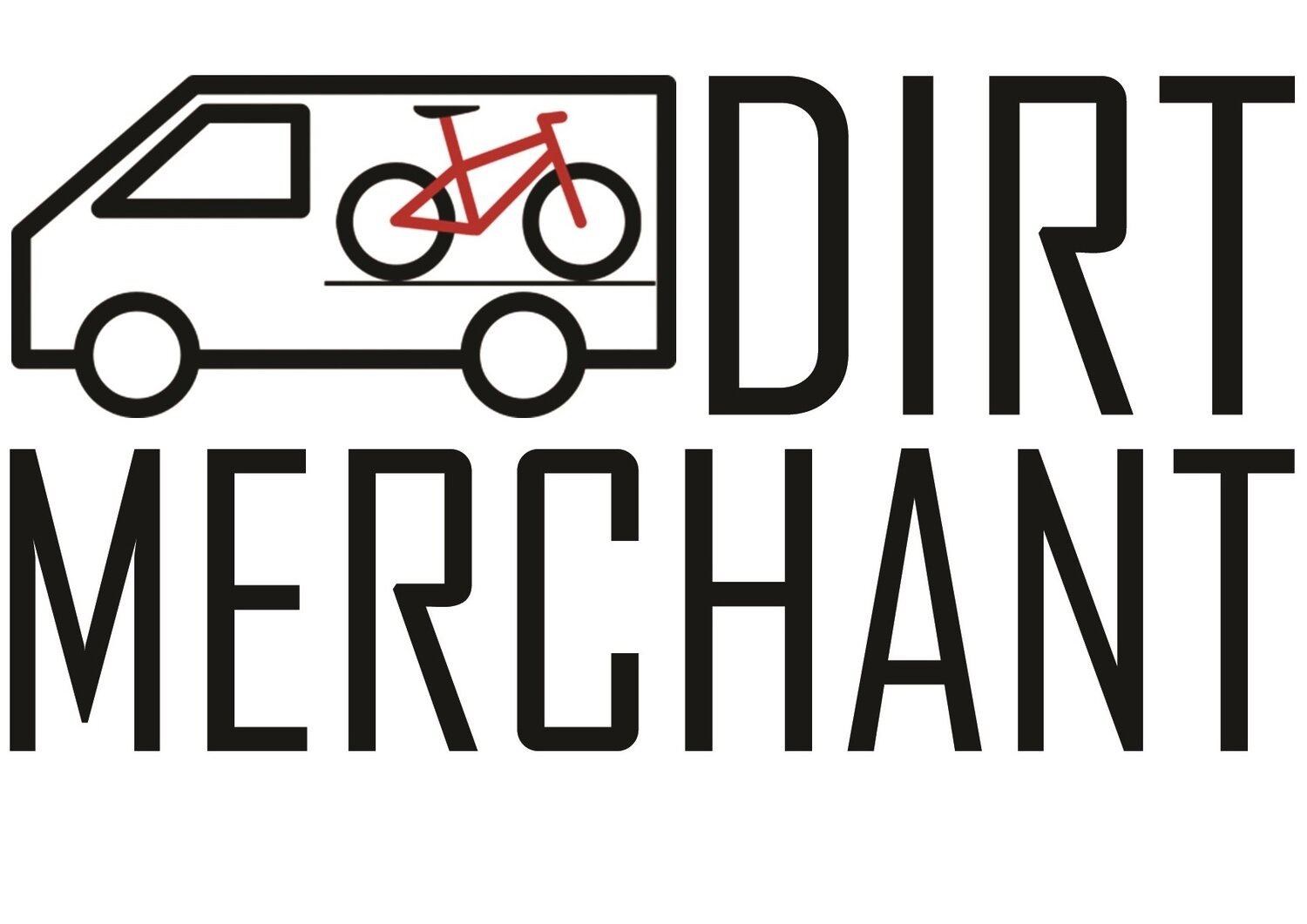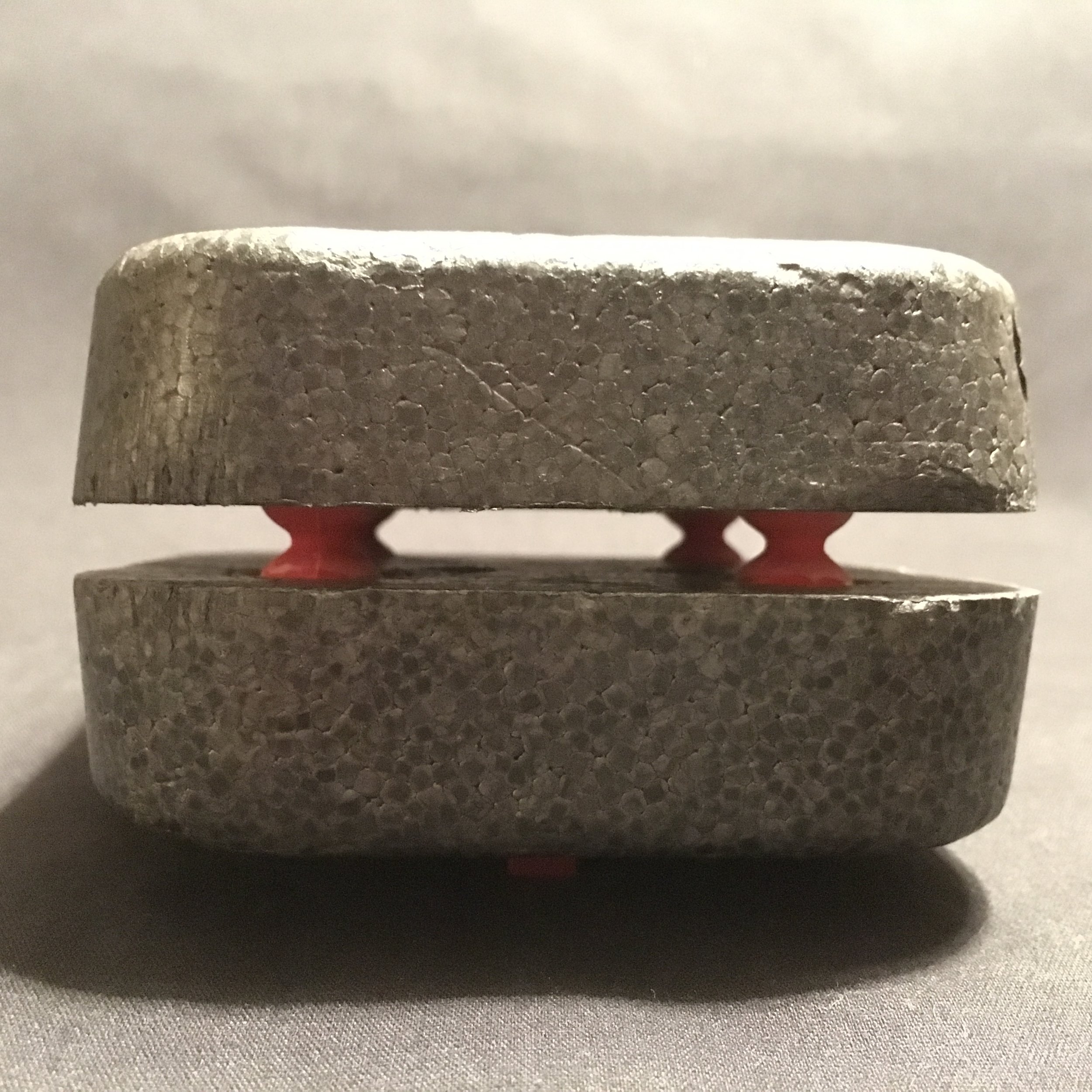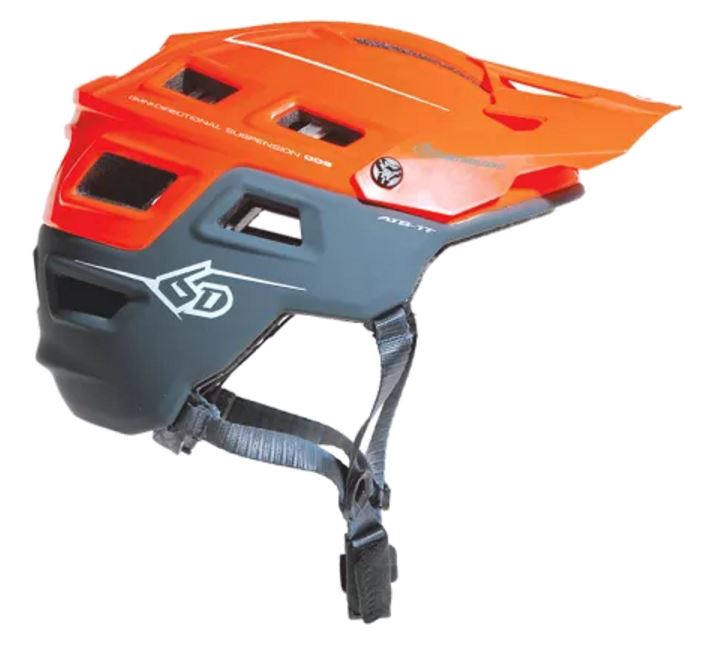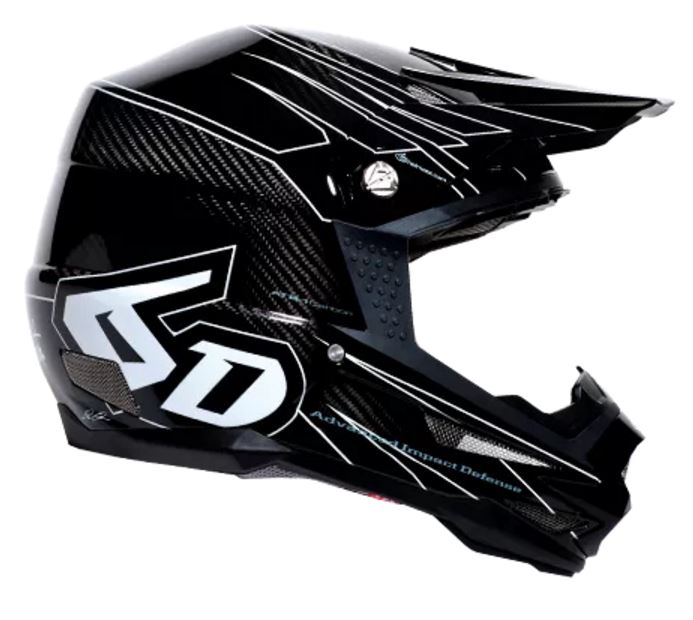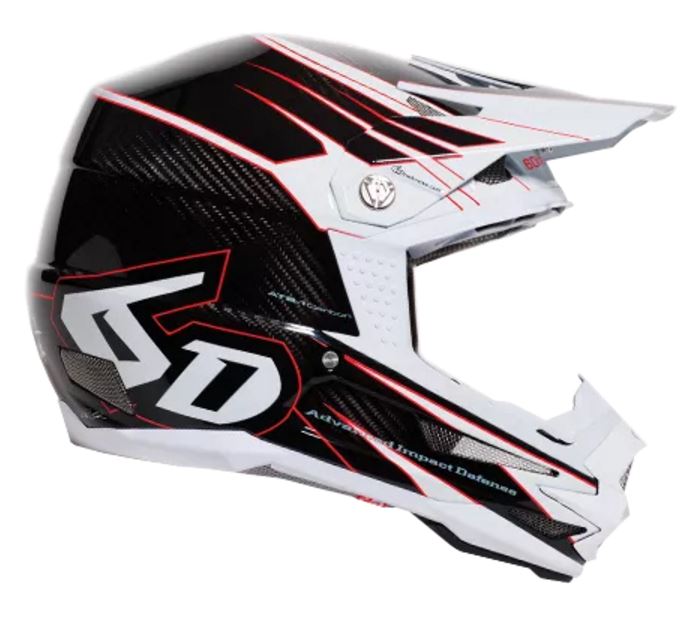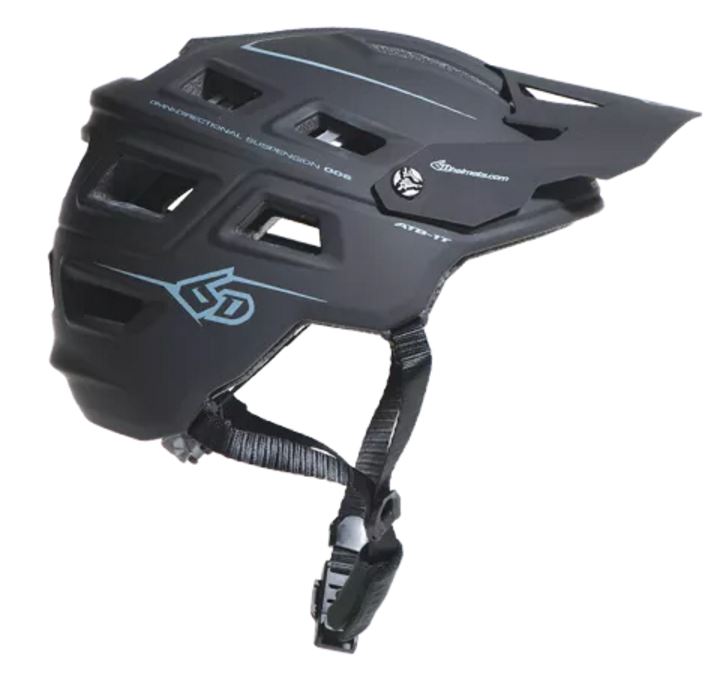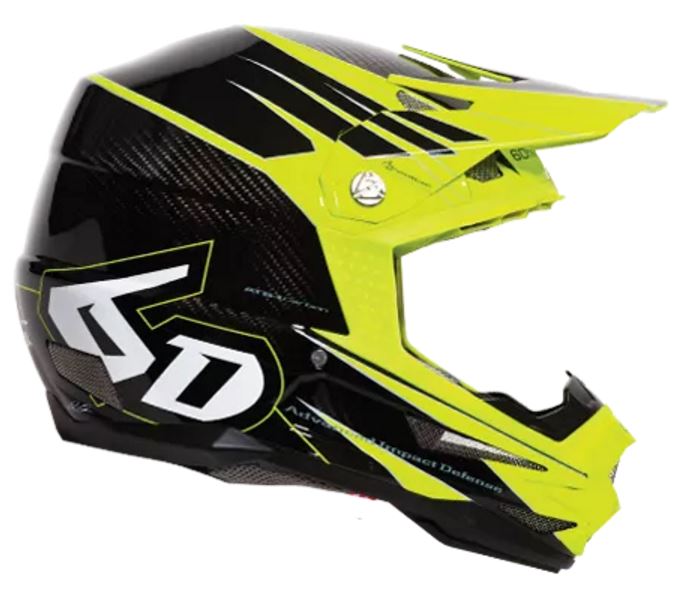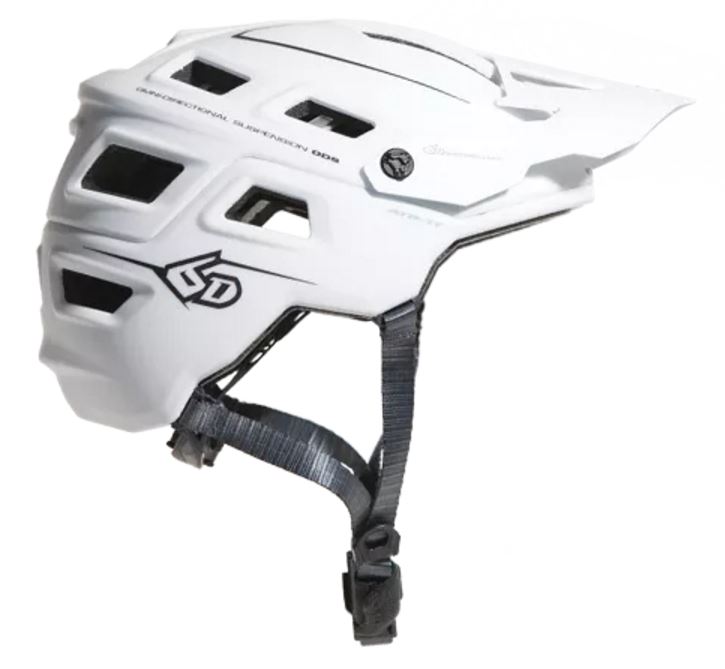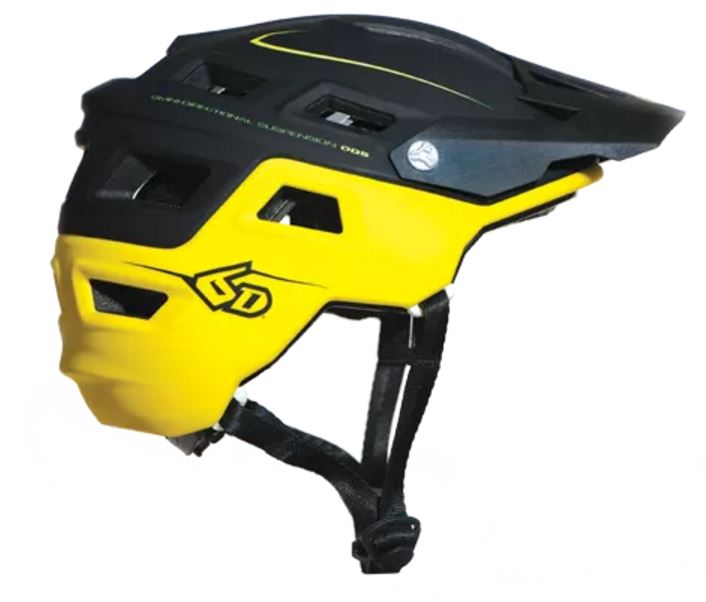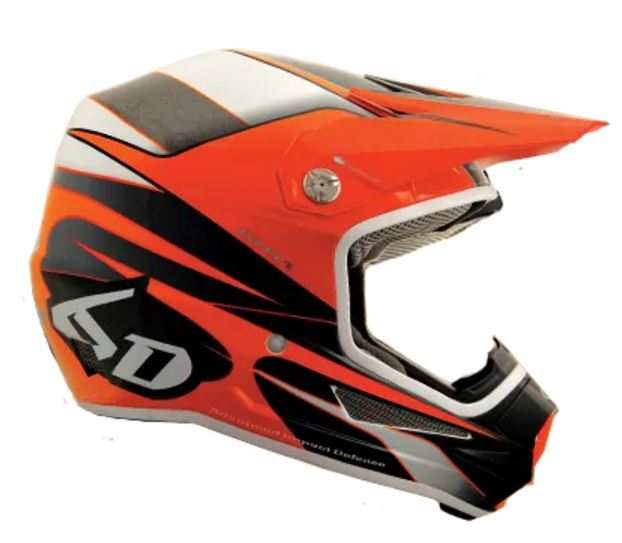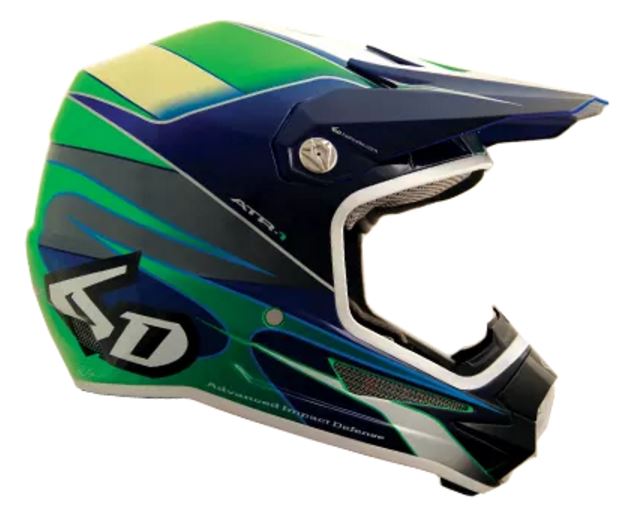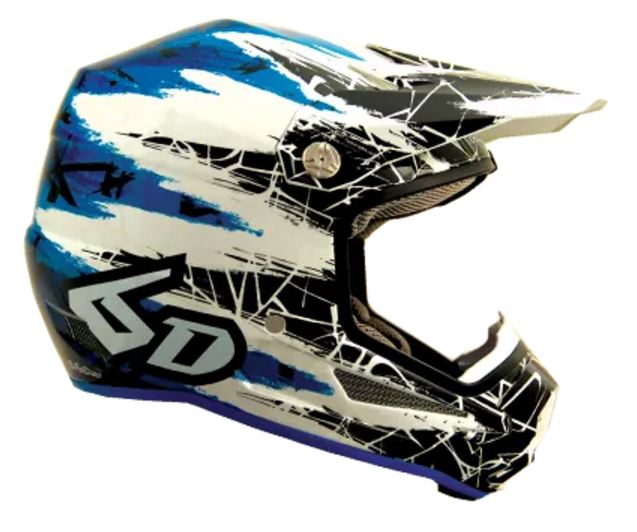After learning about 6D Helmet's Omni-Directional Suspension (ODS), not only am I getting one for myself but have decided to sign up Dirt Merchant Bikes as an authorized 6D retailer. If you find this blog post to be helpful, please consider buying a 6D helmet from us. We offer free shipping on orders over $50 and no sales tax (including WA state)
Links to purchase 6D helmets are at:
6D ATB-1T Trail Helmet: http://www.dirtmerchantbikes.com/other-products/6d-atb-1t-trail-helmet
6D ATB-1 Carbon Attack Full Face Helmet: http://www.dirtmerchantbikes.com/other-products/6d-atb-1-carbon-attack-full-face-helmet
6D ATR-1Y Youth Full Face Helmet: http://www.dirtmerchantbikes.com/other-products/6d-atb-1y-youth-full-face-helmet
So my visit with 6D was originally intended as a 5 minute social call as one of my customers had just ordered a 6D Helmet and they had emailed me asking me to fill out a dealer application to complete the sale. To make a long story short, two hours later in the 6D booth, not only did I buy the helmet for my customer, but I also decided to buy a 6D helmet for myself, three 6D helmets for my wife & kids, and a full line of 6D full-face and half-shell demo helmets for customer sizing.
There are two types of impact forces that can be mitigated in addition to the high speed impact forces that all certified bike helmets are designed to reduce.
- The first is the rotational component of an impact. The well-publicized MIPS ( Multi-directional Impact Protection System) technology is focused on reducing this type of rotational force generated in crashes in which a helmet does not slide smoothly along the ground and rotates the head due to friction between the helmet liner and the head. Pointy aero road helmet designs certainly do have the potential to stick to the ground in crashes, but more rounded helmet shapes help to reduce sliding resistance. Also, the presence of hair reduces the stickiness of a helmet liner against a head. Providing some rotational freedom is probably not bad for a helmet to provide, but there is another type of impact force that has recently come to light that is well worth considering as well.
- The other type of impact force that can cause brain injury are lower speed linear impact forces of a level that can cause either concussion or sub-concussive level impacts to the brain. Recent research (https://www.ncbi.nlm.nih.gov/pmc/articles/PMC2995699/) has shown that long-term brain damage can occur due to concussion-level or repeated sub-concussive level impacts. This is what the NFL has now acknowledged after seeing chronic traumatic encephalopathy ('CTE') in 90 out of 94 deceased NFL players (http://www.cnn.com/2016/03/15/health/nfl-cte-link/) and what was seen in BMX legend Dave Mirra's brain after his death (http://www.espn.com/action/story/_/id/15614274/bmx-legend-dave-mirra-diagnosed-cte).
To date, bike helmet crash tests are still focused on mitigating the chance of skull fractures from higher speed impacts. To mitigate the higher impact forces mandated by crash tests, the EPS foam used in most helmets needs to be of a sufficiently high density. However, this higher density foam fails to provide much force reduction for lower speed impacts. Most bike helmets still do not do much to reduce the forces transmitted to the brain from lower speed impacts of the type that do happen frequently in mountain biking.
Compression and Shearing Forces on ODS Suspension
To my knowledge, 6D's Omni-Directional Suspension (ODS) is the only bicycle helmet technology that reduces all three of the impact forces that I have mentioned including:
- Low speed linear impact forces: ODS reduces the linear impact force transferred to the brain in lower speed crashes in a way that most standard EPS bike helmets do not.
- Rotational Forces: Like MIPS, ODS's design absorbs some of the rotational force from an impact.
- High speed linear impact forces: With 2 layers of EPS foam ODX still provides highly effective reduction of the forces transmitted to the brain from high speed impacts.
6D does this with their ODS technology by adding elastomer (essentially tuned rubber) dampers between two layers of EPS foam that reduce lower speed impact forces and absorb rotational forces without any compromise to the helmets' ability to reduce forces transmitted in higher speed crashes.
This is Bob Weber talking about the design process for 6D Helmets' Omni-Directional Suspension (ODS) technology:
This is a demonstration of how the Omni-Directional Suspension (ODS) technology works:
This is a higher speed impact in AMA Supercross in which the 6D ODS' technology reduced both rotational and linear impact forces. You can see more details about this and other motocross crashes involving 6D helmets at http://www.racerxvt.com/article/interview-eddie-casillas-from-the-asterisk-mobile-medic-unit
Interested in learning more? Feel free to contact us at jeff@dirtmerchantbikes.com
OTHER REVIEWS OF 6D'S ODS TECHNOLOGY
APPENDIX
Bike helmets will typically meet one or more of these crash standards:
- US Consumer Product Safety Commission (look for a CPSC sticker)
- ASTM's F1447 standard which is identical to the CPSC standard
- Snell's B-95 standard which utilizes a higher impact force than the CPSC or ASTM standards
